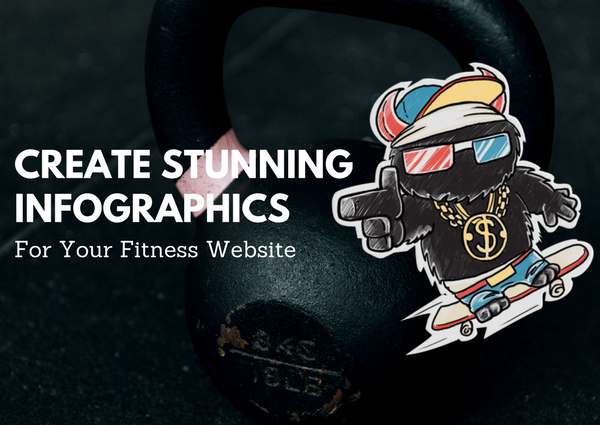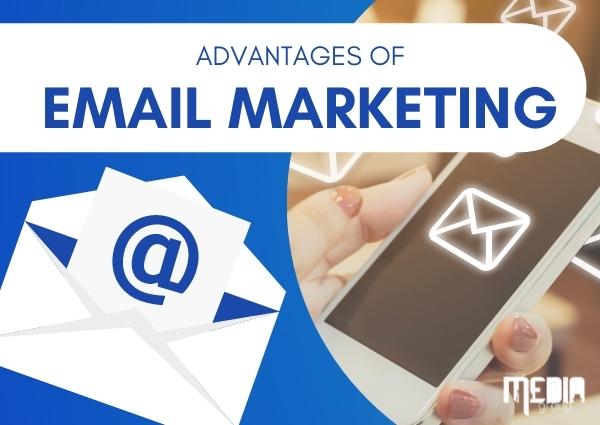 https://www.omahamediagroup.com/images/uploads/monster_gallery/Omaha-Media-Group-Black.jpg
admin
https://www.omahamediagroup.com/images/uploads/monster_gallery/Omaha-Media-Group-Black.jpg
admin
Tips to Create Stunning Infographics for Your Fitness Website

Infographics are a visual representation of data, which use pictures and statistics to convey information. If your clients and website/social media network visitors aren’t the kinds who like reading blog posts, then an infographic can be used to educate and attract.
In fact, results of a study by Venngage showed that 41.5% marketers found infographics and photographs to be the best-performers in their content marketing strategy. When it comes to engagement, infographics are one of the best mediums to use.
What would your followers choose infographics?
Let’s say you have an article on one hand and an infographic on the other. Both of these contain a break-up of the number of calories burned in specific exercises.
They may also contain information about the foods you need to eat pre and post-workout and how much energy they provide your body.
You can read the article in 5-7 minutes, but the infographic in just 2. Yes, the article may have a comprehensive explanation about the topic, but the infographic gives you the information you want, in a nutshell.
You’re busy and have little time. Which would you choose to read? Which would your followers?
5 Ways to Make Your Fitness Infographic Absolutely Brilliant
Infographics are great ways to serve up relevant data quickly and creatively. Follow these tips and create beautiful and engaging infographics for your audiences:
Tell a ‘story’, but make it audience-centric
Promotional content is overrated. Today, audiences want information that is relatable and helpful. You can meet both these requirements through an infographic. The trick is to create the content in the form of a story.
Say your infographic is about weight loss. You can start by listing out all the reasons for weight gain, then can move on to the health problems developed due to being overweight and finally list out the exercises the audience can do to shed the pounds.
This has an easy flow and is extremely relatable.
Just make sure that whatever you write is easy-to-understand, humorous and informative. Use a tone that your audience identifies with and likes. If you really want to mention your fitness center or personal training services, talk about it in a supporting paragraph after the infographic.
Keep it simple and focused
When we talk of simplicity, we refer to both the flow of the story and the style of the template. Your infographic should contain images which follow a flow or pattern. Essentially, audiences should find your infographic easy to read.
Don’t squeeze multiple photographs and icons next to each other. A good infographic is one which has a balance between text and words and color and whitespace.
As a rule, for every 1-2 lines of wording, there should be one image/icon. Be consistent in your font style, size and word count in each sentence.
When it comes to color, use a standard color-scheme throughout the infographic and make sure you follow the same pallet throughout. Doing so will bring in balance to your infographic.
Style it be visually-digestible
Your infographic should be designed to appear soothing and inviting to the eye. This can only be done if you remain mindful of the fonts, colors and white space.
When it comes to styling, there are certain key tips you need to follow:
- Stick to a single font type and use it throughout the infographic (Helvetica, lato and arial work best for infographics – size 12-14 pts)
- Make sure your typography matches the topic/theme you’re writing about (stick to professional sans serif fonts if it’s an informative piece and go with freestyle and display fonts if it’s an entertainment piece)
- Align all sections the same; for example, all your headers should be center aligned if the first header is center aligned and so on for images and follow-up paragraphs
- Use as little text as you can – stick to keywords, icons, images and symbols
- Space the objects on the infographic evenly – there should be enough whitespace to make the content look legible
- Whitespace doesn’t always have to be white; you can use colored backgrounds and still add legible space between your words and icons
- Don’t use flashy and contrasting colors for text and backgrounds (stick to black & white, brown & white, red & white, navy & white); and don’t use patterned backgrounds as they can be distracting
SEO-optimize the write-up
SEO-optimizing your infographic isn’t as challenging as it sounds. With the right moves, you can make your infographic highly-visible to audiences globally. Let’s start with the keyword.
Your headers and supporting text are great places to use both long-tailed and short-tailed keywords. Use a single keyword 2-3 times across the infographic for consistency.
Next, we have the Alt text. This is the text that loads in the image box, when the image fails to load on the page. This is another place where you can incorporate your keywords. Your image tags and Meta data are again great for SEO-optimization.
Then we come to the URLs. To make your URLs SEO-friendly, you need to use only readable phrases/words in URLs and add keywords in the URLs. Remember, if you can’t read it yourself, chances are the search engine can’t either.
Stay true to the facts
It’s important to use figures and facts which are real and verifiable. Attribute where necessary and make sure to backlink the websites which you’ve used as the primary source.
Use reputable sources like Reuters for your sources. Publications and research material are great sources too. If it’s your own article that you’ve used as a source, make sure to mention that it’s primary research. Cite sources where needed.
Remember to provide facts that are topical, relevant and helpful. Anything you write should add value to your audience. Another thing to note is that graphs aren’t really necessary. Research by Socially Sorted shows 53% of all infographics doesn’t contain graphs of any kind.
We want to add infographics to your content marketing strategy! Contact us in the form so we can get started! {contact-form}
Hire the team to help you with your website, app, or other marketing needs.
We have a team of digital marketers who can help plan and bring to life all your digital marketing strategies. They can help with social media marketing, email marketing, and digital advertising!
CONTACT US




Comments